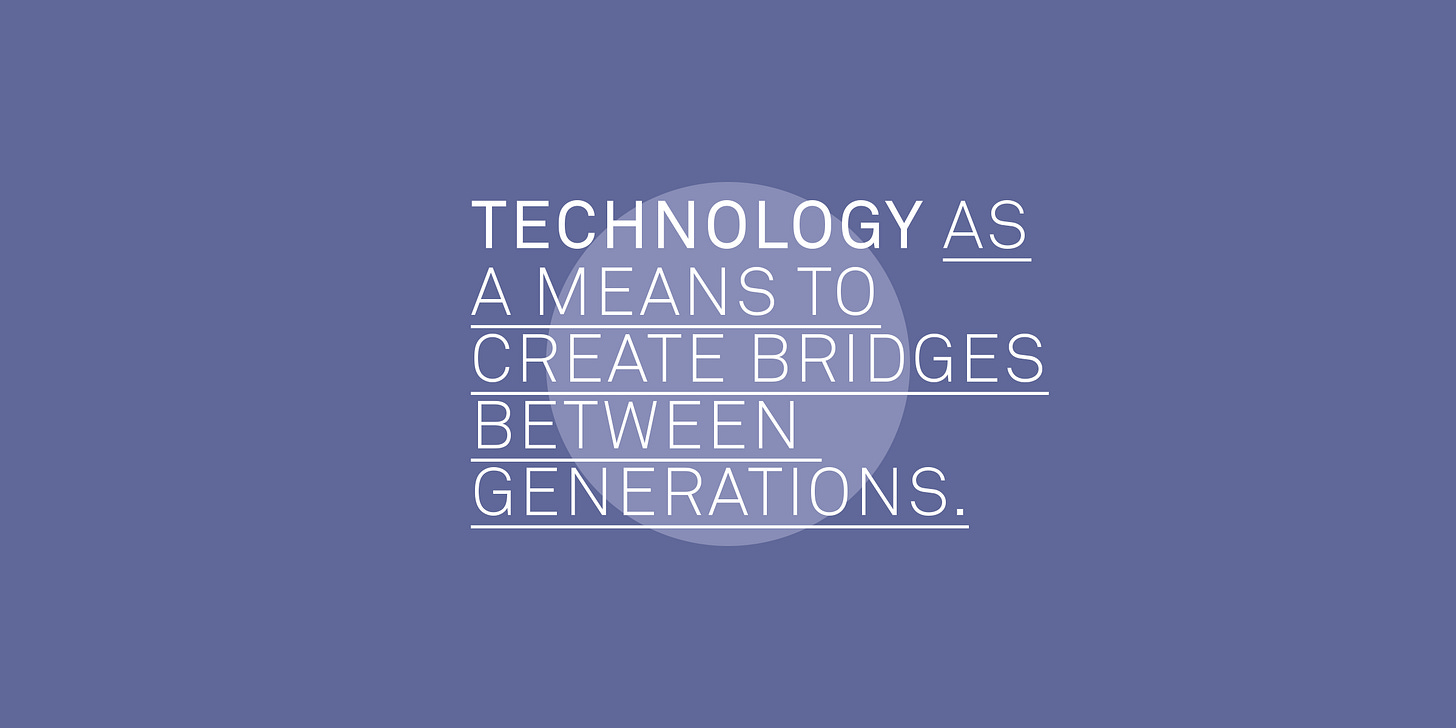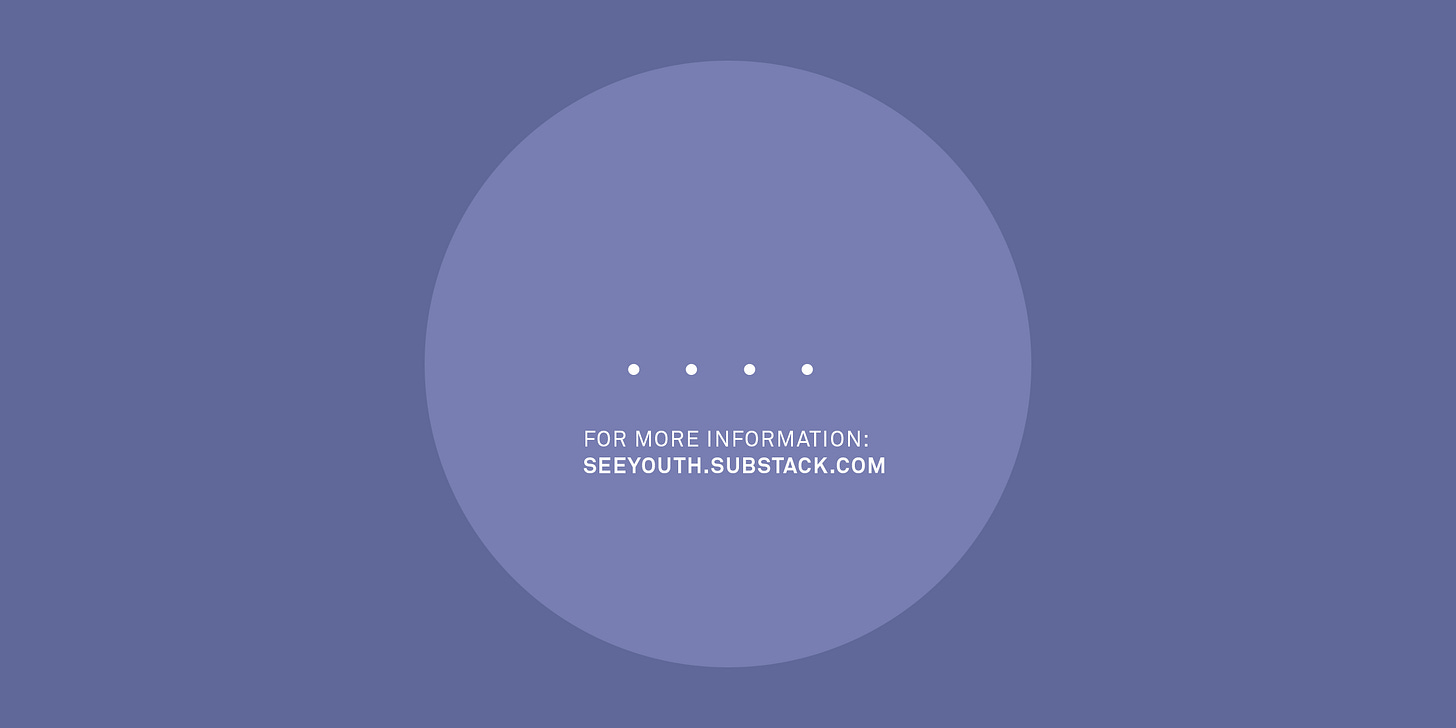Creative Thursdays Webinar 1 report: 'Seeing impact on an individual level'.
A post summarising the discussion which followed our first SEEYouth webinar - 'Technology as a means to create bridges between generations' (Jean-François Vachon, 26.11.2020).
The first ‘SEEYouth Creative Thursdays' webinar was held on Thursday 26th November, when researchers from Canada, Brazil, Finland and the UK met online to discuss the actions, approaches, ideas and concrete results that were included in a presentation by SEEYouth team member Jean-François Vachon.
This presentation successfully set the tone for the webinar series by focusing on the practical experiences of participation when working with marginalised communities in Brazil and in Canada, and introduced a range of projects that he's been involved in as part of La Boîte Rouge VIF, an indigenous non-profit organization.
The discussion that followed the webinar was wide-ranging and, prompted by a number of questions from members of the audience, covered a range of very interesting and inspiring topics. The conversations that developed from each question created a very welcome opportunity for fruitful reflection upon the challenges, opportunities and untapped potentials of arts-based participatory research.
For Jean-François, the significance and benefits of building strong relationships, of being and working with a community over extended periods of time and in encouraging the whole community to participate were particularly clear.
Such values, he argued, help to make sure that participatory research avoids the worst tendencies of so-called ‘helicopter’* research. In order to try and achive the aim of a ‘genuine’ participation, he reminded us that it’s important for any particpatory art and design activities to acknowledge the complexity and sensitivities for building and maintaining trust with community members.
Although there are many matters to discuss and consider in terms of navigating the challenges of participation, its clear that there is much to learn from the approach shown in Jean-François’ presentation so that we might address the issues and questions that are faced when working with marginalised communities and, particularly, by showing a commitment to long-term relationships that is demonstrated through tangible behaviours and by working openly on immediate, concrete and mutually-interesting results.
Careful consideration of how these relationships can or should be managed will hopefully allow us to avoid the worst outcomes of the ‘helicopter’ research which risks legitimately offending the community (since such behaviours reinforce a sense that they’re considered subjects first and people second), and which also damages and undermines the potential for change that our work hopes to achieve.
One particular challenge of working with indigenous communities that was discussed following Jean-François’ talk was the need to acknowledge and address history’s weight, and to recognise any situation's historical context(s) where the researcher can often represent, remind or embody experiences of oppression, disadvantage and injustice. Whether through colour, social class or institutional affiliation it was felt that this can't be ignored but rather that, with an attitude or openness and humility, should be addressed whenever it is felt, noted or raised within a project.
We agreed that it’s wrong to assume that such differences don't exist and that everything is otherwise ok simply because we might be working with a community. It is important, therefore, to step back and realise there are ways to work with difference, and to achieve this by recognising a need to acknowledge and accept that the complexities that come from our differences are at the heart of this kind of work.
Similarly inspiring was a suggestion emerging from the discussion that we might reconsider or upturn certain relationships we have with the work. Jean-François outlined an idea and approach that considered the project itself as the subject of research and where we recognise that we are all participants within a process, with each of us having a very specific contribution to make to it.
This aspect of the discussion created a very useful opportunity to reflect critically on the frames through which participatory research and co-creation might usually be considered, and from this it became clear that such an idea is potentially very exciting for the development of a very clear conceptual distinction and way of behaving that might avoid the more usual binary sense of separation between subject and object, between observer and observed, between researcher and participant.
As we work in contexts that are often results-driven and where there are expectations both in communities and within institutions defined by change and how it’s experienced, concepts of impact and evaluation were raised and questions such as how to navigate the formal procedures or those set purely on an economic accountability basis were discussed.
How can SEEYouth and similar projects, and the work that we all do, develop different modes and methods through which a more meaningful evaluation might take place? Or where any measurement is based upon how and where genuine participation is experienced within a community? It could be that, part of the broader contribution that our project is able to make, we consider alternative or parallel ways through which we can think about ideas of impact and evaluation. We might look to move beyond those ways we can all identify as not truly reflecting a range of experiences and opportunities that can be delivered through participatory arts approaches.
Specifically, Jean-François described the challenge of being able to effectvely measure impact - before, during and after such work takes place, and through one project within one community with one group - so that any longitudinal change is evident. Taking such a long-term approach as part of a project which is also concerned with the need to produce concrete outcomes is difficult. People in the project will change, or leave the project entirely. We can, of course, work with the same communities but not always with the same people. A project’s timescales can also present their own challenges - short term projects can be more beneficial so participants are engaged in the entire process - from beginning to end - and often one year is too long for one project.
Participatory projects are often difficult to develop a fully-fledged evaluation for impacts both for the individual and the community and some significant impacts are seen on an individual level. Capturing this can form part of the writing-up of the work although the desire to produce a more scientific evaluation of the research is often very difficult. The ideal duration of projects often isn’t always possible and preparation for one usually overlaps with another ending since projects tend not to start and begin in a neat way. In fact, the ways of working practiced by Jean-François and La Boîte Rouge VIF don’t lend themselves to such neat and tidy processes (of preparation, evaluation etc.) which is, of course, part of their strength.
The role of objects and images in participatory research, in particular the use of the image as a way to document work, events or process, was raised through questions regarding some images included in the presentation. It’s possible that, aside from being documents of participation, they have an equally important role to record or illustrate how people’s lived 'realities' can often be fundamentally different to others (including our own), and where these images can become a means of actively and critically raising issues, questions and challenges faced by communities.
Capturing how something as seemingly mundane as the high price of soft drinks in one village, for example, can tangibly demonstrate a particular experience of marginalisation in a way that might be otherwise atypical or unnoticed. A yellow object in the landscape (a skidoo or snowmobile, for example) reminds us of the value and importance of actively looking, of documenting and remaining open to the seemingly prosaic or everyday details of any living and working environment.
In contrast, cultural traditions or festivals are often significant times to document what happens at particular moments in a community’s life. Such events are important when working in the field as they tie community members together in a way that's perhaps not possible in the usual routines of everyday life and so can offer a unique point of difference in contrast with the more prosaic activities.
Perhaps these ideas of the everyday and of the silent ‘role’ of the object can be connected to those discussed earlier, in particular to the potential value in shifting our ideas of the research 'subject' from people, or environment, or culture to the project itself as an experience that is in a process of co-creation and emerging from a collaboration between every stakeholder or participant.
Might we also, therefore, consider our potential participants in terms of their being both human and non-human? The abandoned skidoo perhaps contributes something specific to any activity or observtation by virtue of its presence and, in its becoming a talking-point or reference to something or someone which might then inspire a certain thought or a particular activity? Such active and 'vibrant matter' has been the source of much discussion and inspiration across art and design practice and research, and perhaps has the potential to be further or more explicitly acknowledged and embraced within participatory approaches such as this.
The notions of things as concrete outcomes from any work of this kind were also raised and, as mentioned earlier, are for Jean-François key to achieving a particular type of meaningful engagement. By working quickly, creating content and bringing a project to life through making and a professionalised kind of production, it’s possible to produce practical, tangible and workable outcomes (for use in populating existing platforms, for example) that can directly benefit a community.
Linked to this are ideas of dissemination and for developing ways that work can find an audience, together with the opportunities for archiving it in ways that also benefit a community. Developing educational materials for classroom learning or to help teachers, for example, has proved very useful and can be produced relatively quickly.
The necessity for moving fast - for an improvisational, agile or flexible approach - is often paramount, and needs to mirrored by how we might need to develop an ability for dealing with things that don't quite go as we’d hoped or had expected them to. Sometimes (perhaps more often that we think), we need to quickly and radically change our plans and be prepared to abandon what we've prepared if it simply isn’t working - however painful this might feel at the time. So, we should have a Plan B. And a Plan C. Just in case they're ever needed.
Jean-François went on to acknowledge that this kind of activity was often actually a means to an end: something that can be very useful in terms of organising thoughts and for anticipating any challenges, but easily discarded 'as soon as the real work starts...'
Paul Wilson. December 2020
* where a researcher might appear or ‘descend’ into a community, as if fallen from the sky and leave once the research is over often never to be heard of again by community members...
Tags:
#SEEYouth #creativethursdays #webinar1 #review #report






